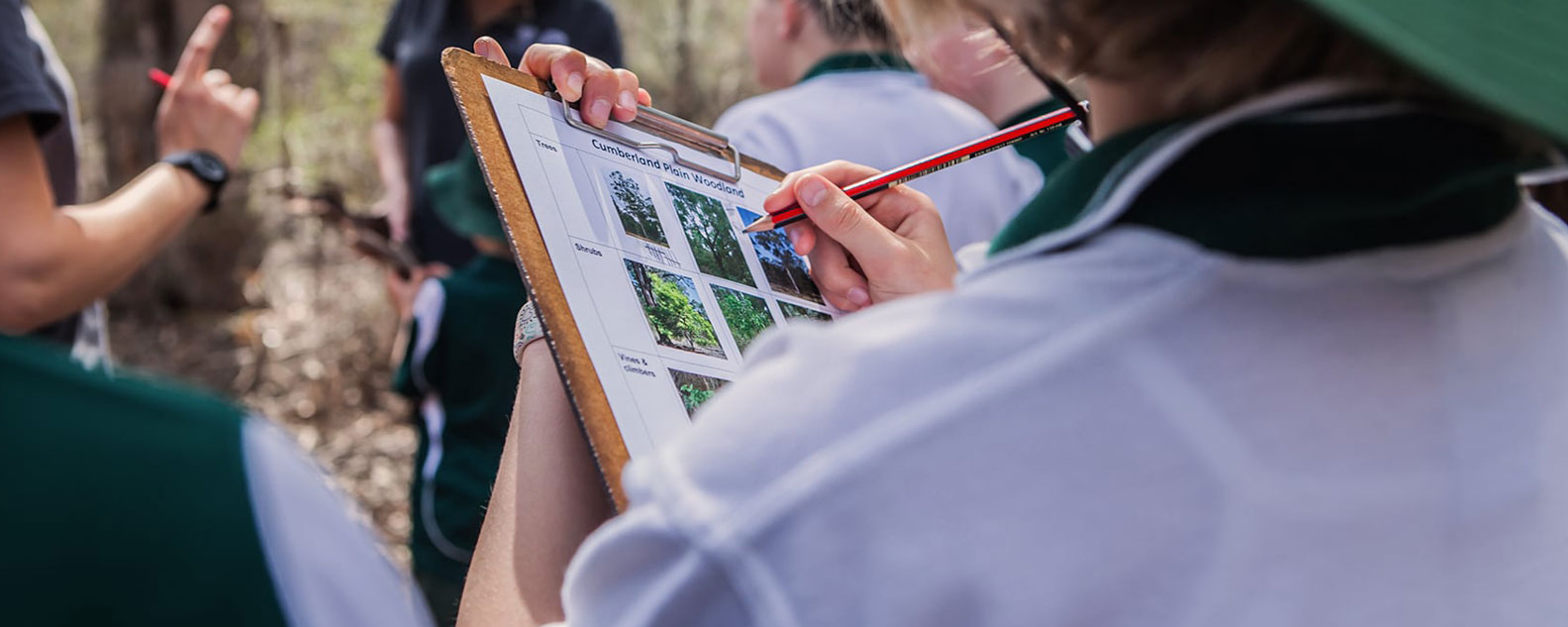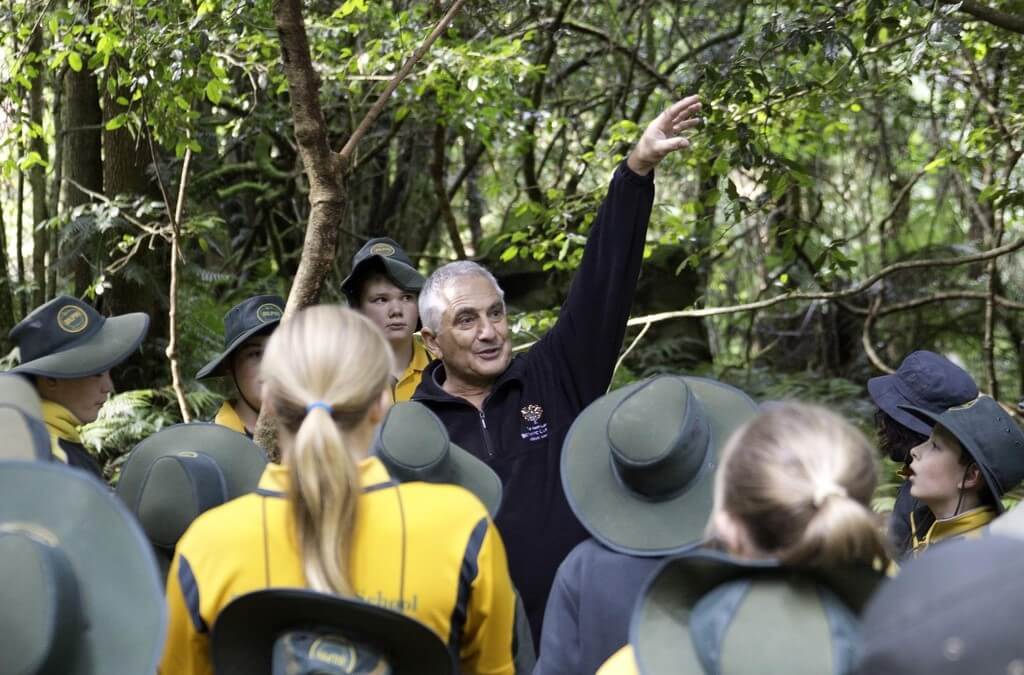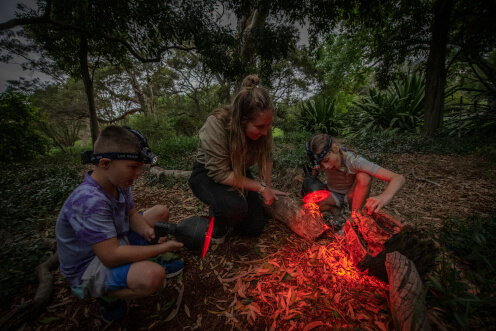Shaping Places: Environmental Warriors
Students become Environmental Warriors as they explore, investigate, and communicate the features and characteristics of the local ecosystem in the Australian Botanic Garden Mount Annan.

Stage 3
Geography
2 hours
Minimum charges apply. Discounts apply for full day programs!
Students will collect data, discover external and human influences on the ecosystem and complete a mapping exercise. They will also engage in a stakeholder roleplay to present their arguments on the use of fire to manage the ecosystem.
Students will
- Collect primary fieldwork data as they explore the local ecosystem in the Australian Botanic Garden Mount Annan.
- Investigate the human and natural features and learn mapping skills to share their observations.
- Emulate active citizenship as they research and prepare arguments on bushfire preparedness and ecosystem management.
Key content
- Measure and represent the unique features and characteristics of the Cumberland Plain Woodland through field tests and mapping.
- Discover the importance of the management of the Cumberland Plain Woodland.
- Explore how people's actions can impact the environment.
- Examine Australia's unique relationship with bushfires through the perspectives of various stakeholders.
- Discuss strategies for the reduction of human impacts on threatened ecosystems.
Links to New South Wales curriculum
Focus Syllabus Outcomes
Geography
- Describe the diverse features and characteristics of places and environments (GE3-1)
- Explain interactions and connections between people, places and environments (GE3-2)
- Compare and contrast influences on the management of places and environments (GE3-3)
- Acquire, process and communicate geographical information using geographical tools for inquiry (GE3-4)

"Explore, investigate, and communicate the features and characteristics of the local ecosystem."
Related excursions

Experience the Garden and its fascinating nightlife on this adventure by torchlight.

Based on Katrina Germein’s book Big Rain Coming, students will explore how First Nations people read and understand daily and seasonal weather changes and how this affects the places and environments around us.

Students will investigate a wide variety of local native plants that are integral in the life of First Nations peoples, exploring how these plants contribute to sustainability practices and the preservation of natural resources.